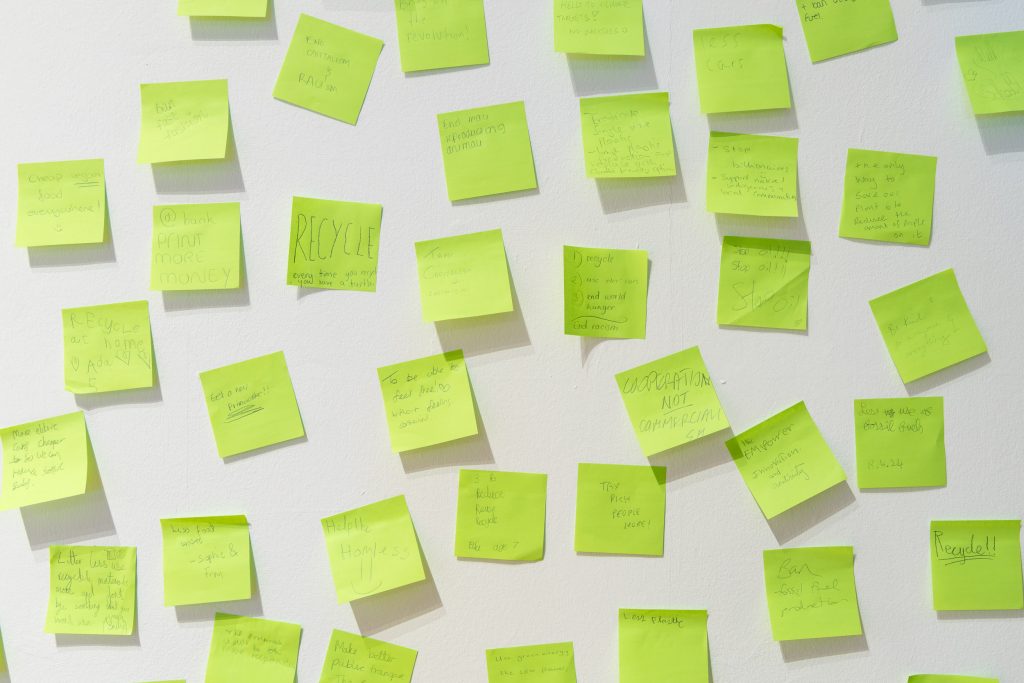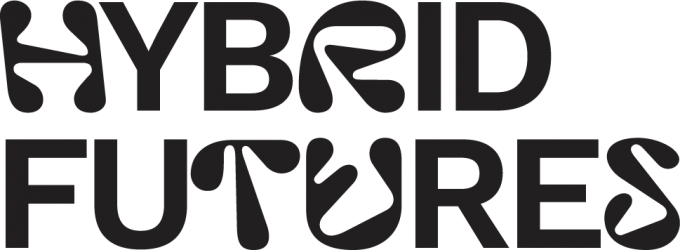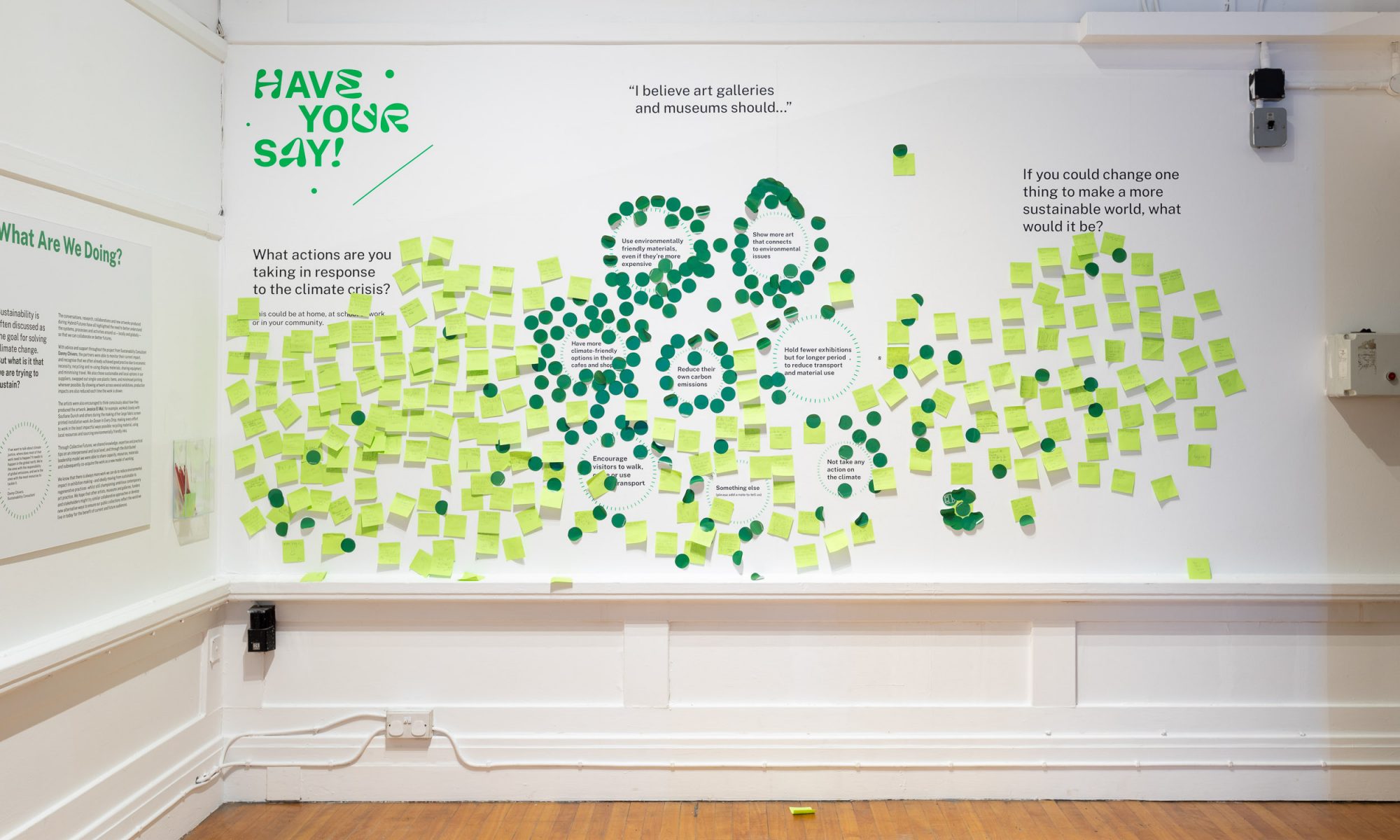Throughout the Hybrid Futures exhibition at Salford Museum & Art Gallery, questions are posed asking visitors to share how they feel about the climate crisis, and what arts organisations should be doing in response. As well as asking the audience, we’ve asked the Hybrid Futures artists what their responses to four of the same questions might be. This week Shezad Dawood shares his thoughts.
Question 1: How important is addressing climate change to you?
“I think the most pressing question of our time is how to get all people to come together around our shared planet and how we collectively make it, and not ourselves, the priority.”
Question 2: What actions are you taking in response to the climate crisis?
“I’m reducing my travel and working with collaborators to collaborate on film, digital and writing projects remotely where possible. I’ve also been looking at how and where there are ways to reduce shipping, so for a recent set of shows the works were predominantly hanging textiles that could be put together on a single roll, rather than needing multiple crates, and the rest of the works were digital files that could be transferred.”

? Danny Chivers, Hybrid Futures Environmental Consultant, has calculated that the total emissions from the first three Hybrid Futures exhibitions at Touchstones Rochdale, Castlefield Gallery and Grundy Art Gallery, are roughly equivalent to a single return flight from the UK to Indonesia (4.6 tonnes of CO2e). Reducing how much we fly is one of the biggest ways we can reduce our carbon footprints.
Question 3: “I believe art galleries and museums should…”
“Be engaging with artists, audiences, funders and colleagues to see where we can all work together to create new industry standards for how we do things, from reducing waste in exhibition design (and redesign) to hosting creative and interdisciplinary conversations to yield new ideas and collaborations between the arts, the sciences and to broaden our reach.”
Question 4: If you could change one thing to make a more sustainable world, what would it be?
“Ultimately changing the behaviour and regulatory frameworks of the world’s largest corporations remains one of the quickest and most impactful ways to accelerate change.”

?The 2024 The Carbon Majors Database: Launch Report found that just 57 organisations are linked to 80% of the world’s fossil fuel and cement Co2 emissions since the Paris Agreement in 2015. These findings highlight the importance of systematic change in order to tackle the climate crisis.
What would your answers to these questions be?
We hope that Hybrid Futures and these prompts encourage us all to reflect on our own actions, the places where we are already making changes, and where we can use our power and influence to have the biggest impact.
Hybrid Futures is open now at Salford Museum & Art Gallery until September 22nd, where you can see visitors’ answers to the questions and prompts, alongside work from Shezad Dawood, Jessica El Mal, Parham Ghalamdar and RA Walden.


